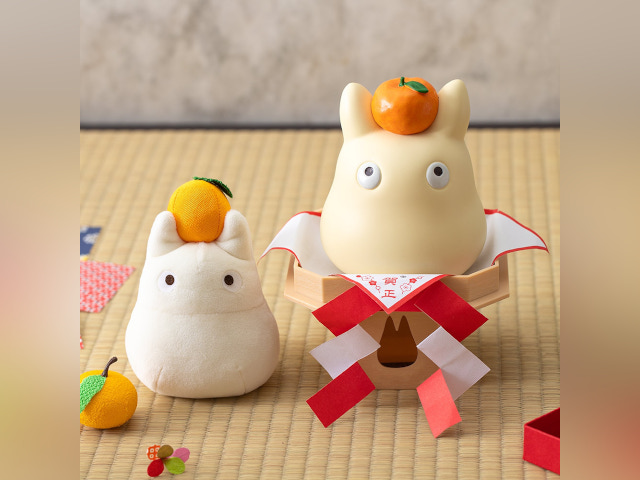
Totoro, Jiji and No Face bring anime charm to some traditional customs.
It’s often been said that the most traditional time of year in Japan is New Year’s, when people take part in a wide variety of customs that include visiting shrines and temples, eating special foods, and decorating their homes with traditional displays to usher in good luck.
One of the most common displays you’ll find in a lot of homes is the kagami mochi (literally “mirror rice cake”), which consists of two mounds of mochi placed on top of each other, with a Japanese citrus fruit called “daidai” on top. The shape of the rice cakes is said to represent the mirror of the sun goddess Amaterasu, one of Japan’s most sacred items, so the display is usually placed on a traditional sheet of paper called shihobeni and displayed on a small pedestal known as a sanpo, in a similar manner to the way offerings are presented to the gods on an altar in a Shinto shrine.
▼ An example of kagami-mochi, albeit without the traditional pedestal.
These days, kagami mochi are displayed in a number of ways, but the main elements of plump white rice cakes and citrus topping, complete with green leaf attached, generally remain the same. That is, unless you’re Studio Ghibli, because this year they’re giving us a kagami mochi like nothing we’ve ever seen before, replacing the mochi cakes with the body of a Totoro!
If you like your decorations to be soft and cuddly, you’ll love the New Year’s Small Totoro plushie, which is 12 centimetres (4.7 inches) wide and 10 centimetres tall, and retails for 2,200 yen (US$14.78).
Those looking for a slightly more traditional decoration will want to opt for the New Year’s Small Totoro made from polyester resin, making it firmer to touch.
This Totoro comes with the traditional paper and stand, although these ones are embellished with some gorgeous Ghibli details.
The red-and-white paper reads “Gasho” (“Happy New Year”) on the front corner, with plum blossoms to represent the coming of spring and new beginnings, and a little Soot Sprite to give it a dash of Ghibli magic.
The pedestal, which traditionally features a hole in the shape of a Hoju (a sacred, wish-fulfilling jewel), bears the shape of Totoro instead.
This Totoro is 9.5 centimetres wide and 11 centimetres tall and weighs in at 761 grams (26.8 ounces).
▼ At 6,930 yen, it’s more expensive than the plush Totoro, but it does come with a stand and paper decoration, making for a more impressive display.
Fans of Kiki’s Delivery Service also have cause to celebrate, with the unveiling of a wreath featuring magical black cat Jiji.
While it’s customary to display a wreath or pine display at your front door over New Year’s in Japan, this Ghibli item is described as a “Western-style decoration” due to its design, which doesn’t include sacred paper details and opts for a more subdued hue that’s markedly different to that of traditional Japanese New Year’s wreaths.
A traditional wreath, known as “shime kazari”, contains bursts of green and red hues, with leaves of urajiro (Japanese fern) and yuzuriha (false daphne) often included.
The Ghibli wreath has a similar straw rope but different details that hark back to the medicinal herbs and blooms seen in Kiki’s family home, where magical potions are concocted.
If you’re more of a Spirited Away fan, you’ll want to check out this New Year’s decoration featuring No Face, which retails for 8,800 yen.
This beautiful item gives us a Ghibli twist on the traditional kadomatsu display, which contains pine and bamboo and usually looks similar to what we see in the image below.
▼ Miniature kadomatsu
While most kadomatsu are large and purchased as a pair, with one placed on either side of the door, that’s not an option for apartment dwellers who usually have to keep shared public spaces clear of clutter, so mini versions like this one bring the tradition indoors.
▼ Ah…ah…ah…
There are a lot of auspicious items to be found in No Face’s tub, starting with the pine, bamboo and plum display, which also includes a fan in a mound of gold.
The auspicious gold and red hues continue on the front, where we see a tai in a plate perched on No Face’s belly. Tai, or red sea bream, is one of the lucky foods eaten at New Year.
Not only will this decoration help to bring luck and fortune into your home, it can also serve as a reminder to avoid greed and overindulging during the holiday period and the year ahead, lest we end up like No Face in the bathhouse.
While the No Face decoration, in true No Face fashion, has been lurking on the Donguri Kyowakoku site for a while now, the Totoro and Jiji decorations are new additions to the range for New Year.
On sale online from 25 November, the newly released Jiji and larger Totoro items proved to be sell-out hits, with only the small plush Totoro now remaining in stock. Donguri Kyowakoku is known to restock its popular goods whenever possible, though, so here’s hoping they’ll have more available before the year is out. Until then, we’ll be browsing these New Year’s Totoro tenugui decorations and the cute new Ghibli hanko stamps in the lead-up to the holidays.
Source: Donguri Kyowakoku
Featured image: Donguri Kyowakoku
Insert images: Pakutaso (1, 2, 3) Donguri Kyowakoku (1, 2, 3, 4)
● Want to hear about SoraNews24’s latest articles as soon as they’re published? Follow us on Facebook and Twitter!

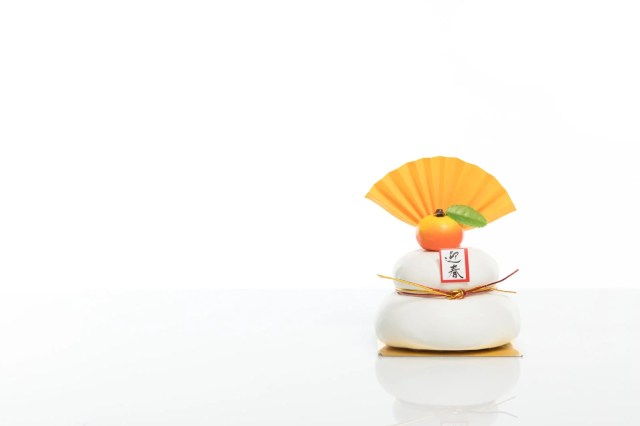
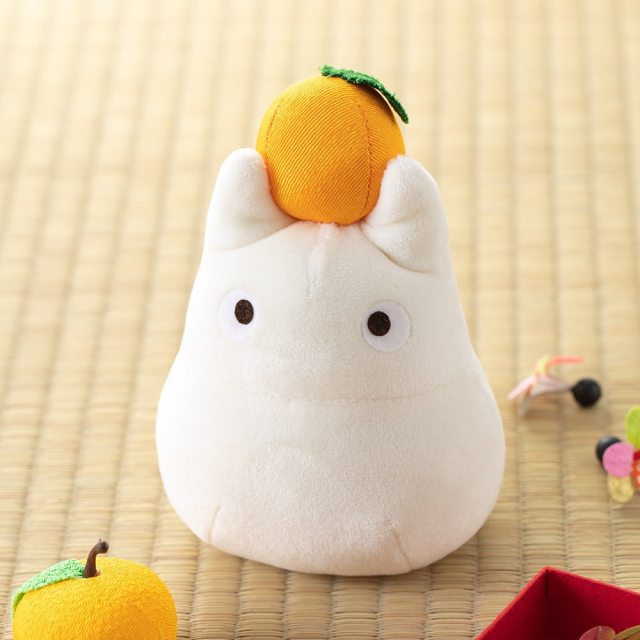
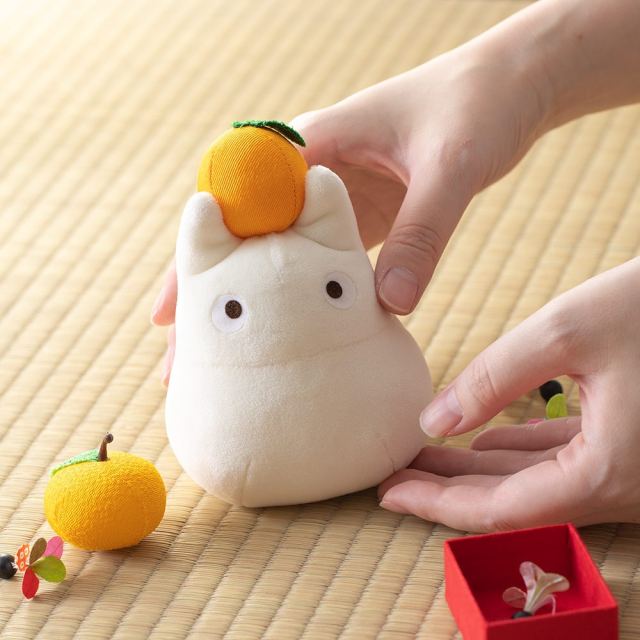

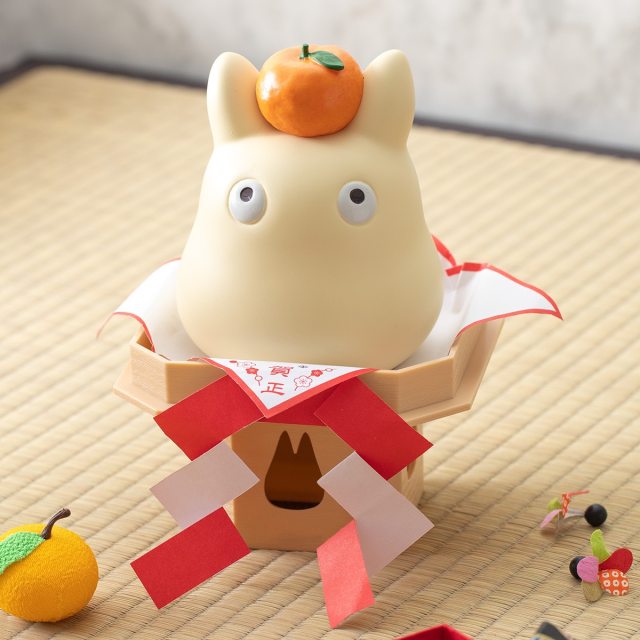
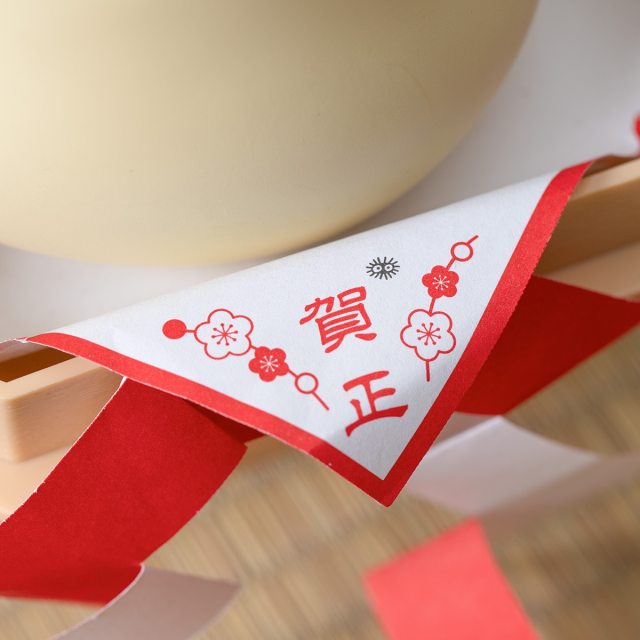

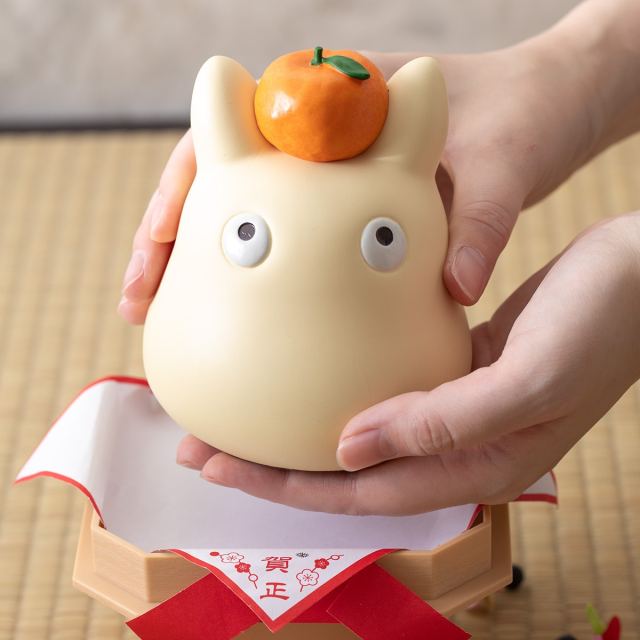
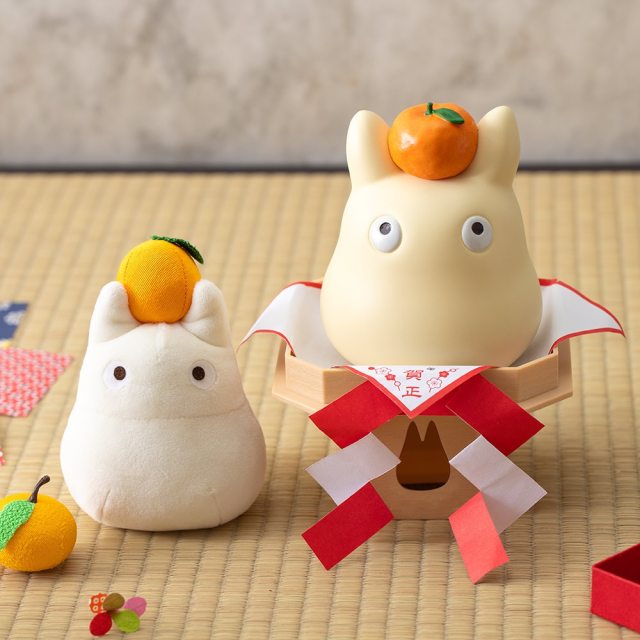
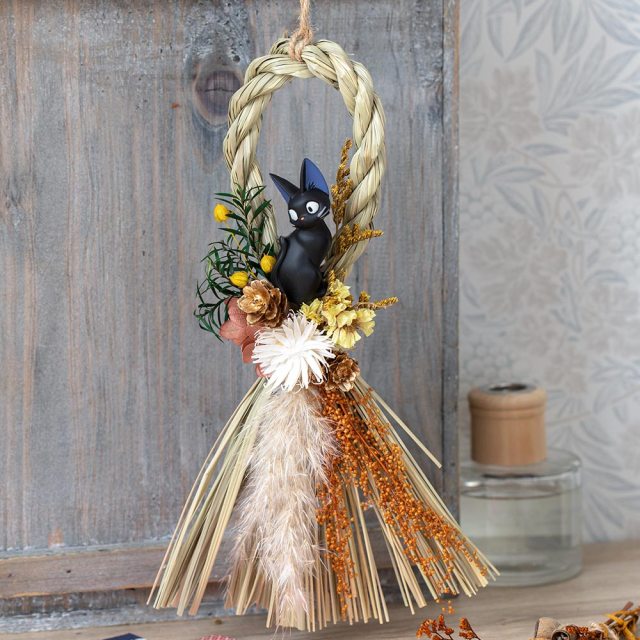
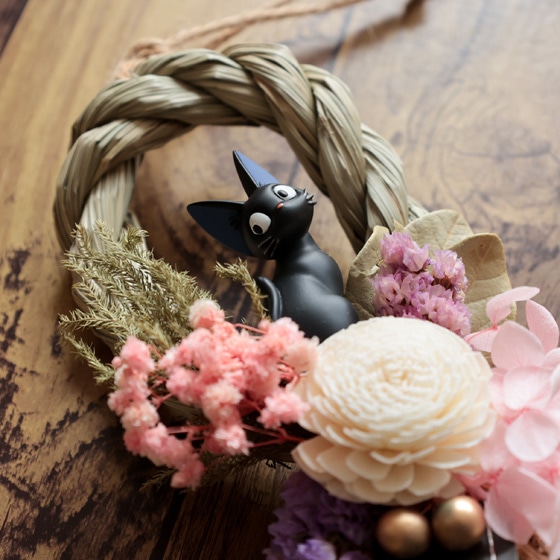
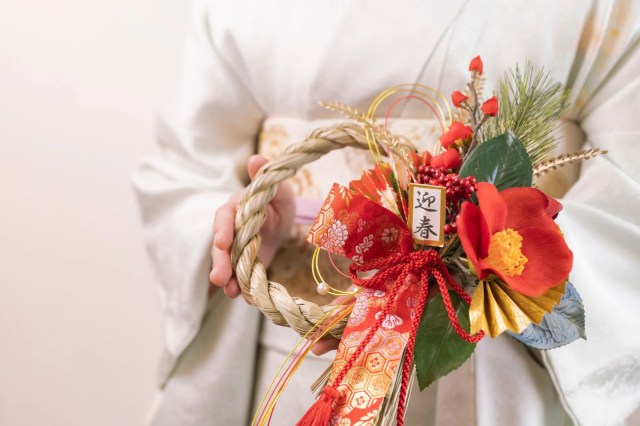
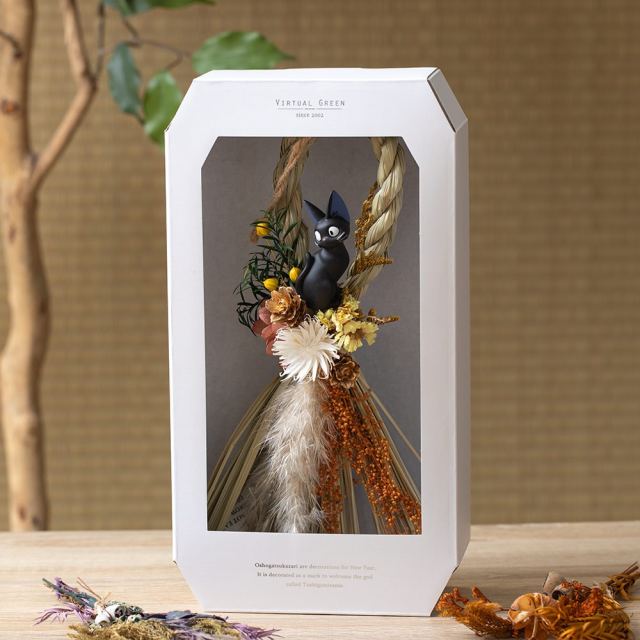
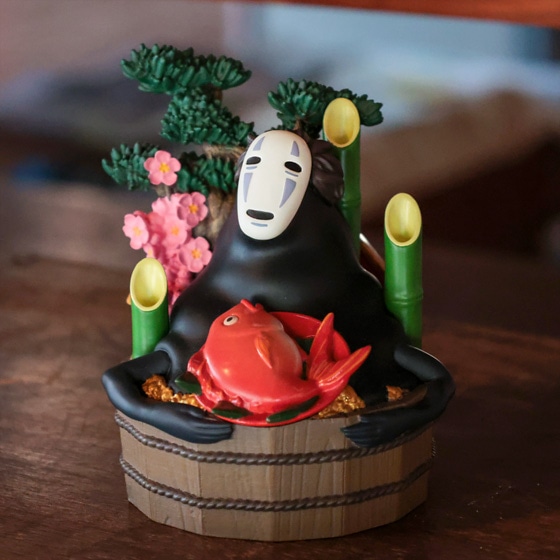
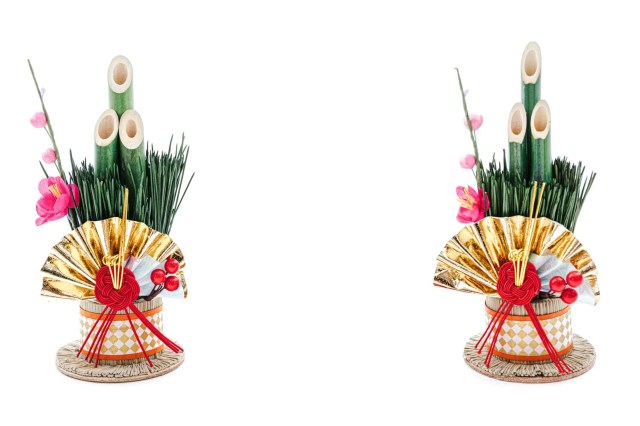
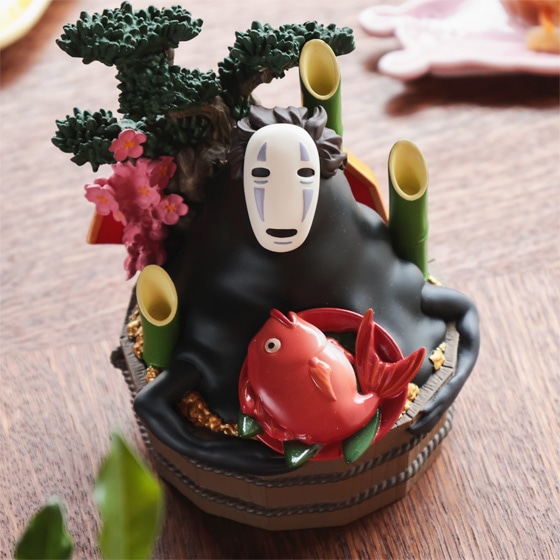
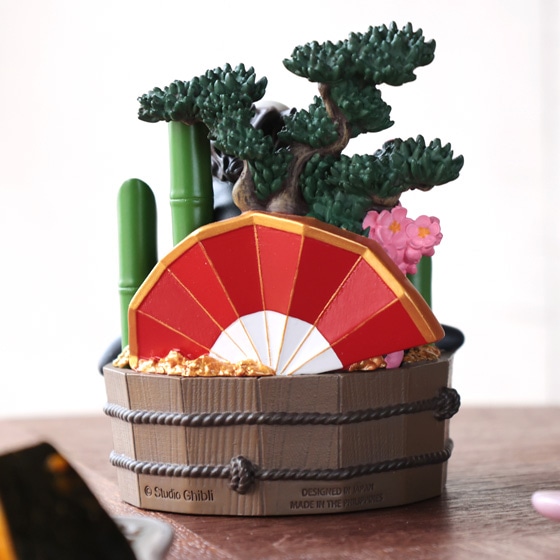
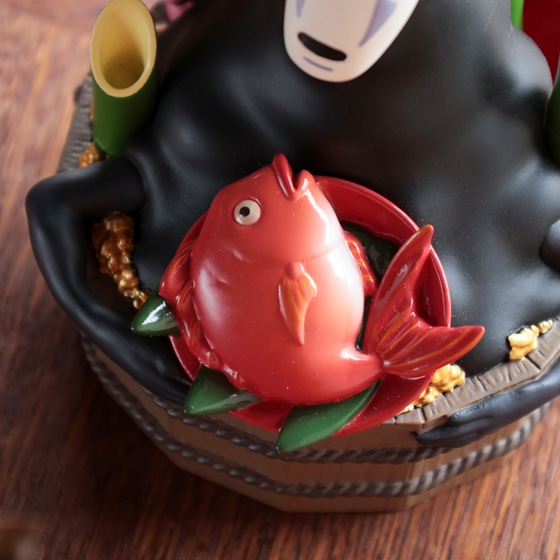
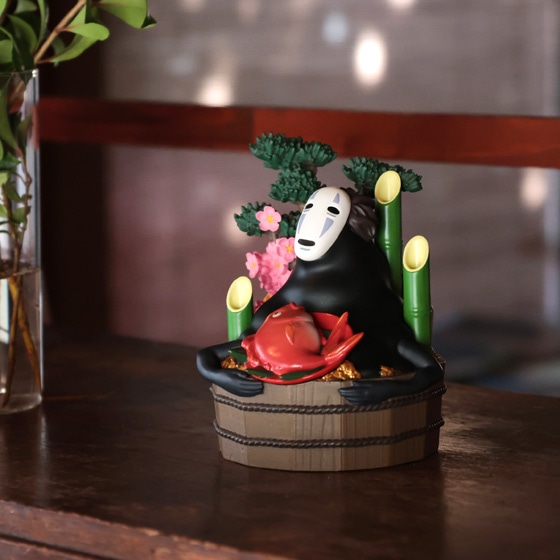
 Ghibli New Year’s Totoro decoration sells out online, but there’s still a way you can get one
Ghibli New Year’s Totoro decoration sells out online, but there’s still a way you can get one Disney’s Japanese New Year’s plushies and figures are ready to make oshogatsu cuter than ever
Disney’s Japanese New Year’s plushies and figures are ready to make oshogatsu cuter than ever Studio Ghibli releases new plush toy backpacks for adults and children
Studio Ghibli releases new plush toy backpacks for adults and children Studio Ghibli summer merchandise puts famous anime characters on Japanese fans and wind chimes
Studio Ghibli summer merchandise puts famous anime characters on Japanese fans and wind chimes Ghibli beanbag plushies want to hang out and provide profound cuteness to your living space【Pics】
Ghibli beanbag plushies want to hang out and provide profound cuteness to your living space【Pics】 Seaside scenery, history, and so many desserts on Yokohama’s Akai Kutsu【Japan Loop Buses】
Seaside scenery, history, and so many desserts on Yokohama’s Akai Kutsu【Japan Loop Buses】 Foreigner’s request for help in Tokyo makes us sad for the state of society
Foreigner’s request for help in Tokyo makes us sad for the state of society Japanese city loses residents’ personal data, which was on paper being transported on a windy day
Japanese city loses residents’ personal data, which was on paper being transported on a windy day Japanese ramen restaurants under pressure from new yen banknotes
Japanese ramen restaurants under pressure from new yen banknotes Akihabara pop-up shop sells goods made by Japanese prison inmates
Akihabara pop-up shop sells goods made by Japanese prison inmates We tried Korea’s way-too-big King Tonkatsu Burger at Lotteria 【Taste Test】
We tried Korea’s way-too-big King Tonkatsu Burger at Lotteria 【Taste Test】 Red light district sushi restaurant in Tokyo shows us just how wrong we were about it
Red light district sushi restaurant in Tokyo shows us just how wrong we were about it Sandwiches fit for a sumo served up in Osaka【Taste Test】
Sandwiches fit for a sumo served up in Osaka【Taste Test】 Osaka governor suggests lowering voting age to 0 to curb population decline
Osaka governor suggests lowering voting age to 0 to curb population decline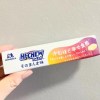 Do Hi-Chew-flavor Hi-Chews have a reason to exist?【Taste test】
Do Hi-Chew-flavor Hi-Chews have a reason to exist?【Taste test】 McDonald’s new Happy Meals offer up cute and practical Sanrio lifestyle goods
McDonald’s new Happy Meals offer up cute and practical Sanrio lifestyle goods French Fries Bread in Tokyo’s Shibuya becomes a hit on social media
French Fries Bread in Tokyo’s Shibuya becomes a hit on social media Studio Ghibli releases new action figures featuring Nausicaä of the Valley of the Wind characters
Studio Ghibli releases new action figures featuring Nausicaä of the Valley of the Wind characters New private rooms on Tokaido Shinkansen change the way we travel from Tokyo to Kyoto
New private rooms on Tokaido Shinkansen change the way we travel from Tokyo to Kyoto Tokyo Tsukiji fish market site to be redeveloped with 50,000-seat stadium, hotel, shopping center
Tokyo Tsukiji fish market site to be redeveloped with 50,000-seat stadium, hotel, shopping center Beautiful Ghibli sealing wax kits let you create accessories and elegant letter decorations【Pics】
Beautiful Ghibli sealing wax kits let you create accessories and elegant letter decorations【Pics】 Studio Ghibli releases Kiki’s Delivery Service chocolate cake pouches in Japan
Studio Ghibli releases Kiki’s Delivery Service chocolate cake pouches in Japan New definition of “Japanese whiskey” goes into effect to prevent fakes from fooling overseas buyers
New definition of “Japanese whiskey” goes into effect to prevent fakes from fooling overseas buyers Our Japanese reporter visits Costco in the U.S., finds super American and very Japanese things
Our Japanese reporter visits Costco in the U.S., finds super American and very Japanese things All-you-can-drink Starbucks and amazing views part of Tokyo’s new 170 meter-high sky lounge
All-you-can-drink Starbucks and amazing views part of Tokyo’s new 170 meter-high sky lounge More foreign tourists than ever before in history visited Japan last month
More foreign tourists than ever before in history visited Japan last month New Pokémon cakes let you eat your way through Pikachu and all the Eevee evolutions
New Pokémon cakes let you eat your way through Pikachu and all the Eevee evolutions Disney princesses get official manga makeovers for Manga Princess Cafe opening in Tokyo
Disney princesses get official manga makeovers for Manga Princess Cafe opening in Tokyo Sales of Japan’s most convenient train ticket/shopping payment cards suspended indefinitely
Sales of Japan’s most convenient train ticket/shopping payment cards suspended indefinitely Sold-out Studio Ghibli desktop humidifiers are back so Totoro can help you through the dry season
Sold-out Studio Ghibli desktop humidifiers are back so Totoro can help you through the dry season Japanese government to make first change to romanization spelling rules since the 1950s
Japanese government to make first change to romanization spelling rules since the 1950s Ghibli founders Toshio Suzuki and Hayao Miyazaki contribute to Japanese whisky Totoro label design
Ghibli founders Toshio Suzuki and Hayao Miyazaki contribute to Japanese whisky Totoro label design Doraemon found buried at sea as scene from 1993 anime becomes real life【Photos】
Doraemon found buried at sea as scene from 1993 anime becomes real life【Photos】 Tokyo’s most famous Starbucks is closed
Tokyo’s most famous Starbucks is closed One Piece characters’ nationalities revealed, but fans have mixed opinions
One Piece characters’ nationalities revealed, but fans have mixed opinions We asked a Uniqlo employee what four things we should buy and their suggestions didn’t disappoint
We asked a Uniqlo employee what four things we should buy and their suggestions didn’t disappoint Princesses, fruits, and blacksmiths: Study reveals the 30 most unusual family names in Japan
Princesses, fruits, and blacksmiths: Study reveals the 30 most unusual family names in Japan Studio Ghibli diorama calendars will put a little whimsy on your desktop all year long【Photos】
Studio Ghibli diorama calendars will put a little whimsy on your desktop all year long【Photos】 Studio Ghibli glasses cases let anime characters keep an eye on your spectacles
Studio Ghibli glasses cases let anime characters keep an eye on your spectacles 【Lucky Bag Roundup 2018】Celebrate New Year with Studio Ghibli merchandise from Donguri Kyowakoku
【Lucky Bag Roundup 2018】Celebrate New Year with Studio Ghibli merchandise from Donguri Kyowakoku Studio Ghibli scarves, gloves and bags will keep you warm this fall and winter
Studio Ghibli scarves, gloves and bags will keep you warm this fall and winter Studio Ghibli bath mats and towels will help wash your worries away
Studio Ghibli bath mats and towels will help wash your worries away Sakura Totoro: Official Studio Ghibli merchandise for cherry blossom season 2019
Sakura Totoro: Official Studio Ghibli merchandise for cherry blossom season 2019 Smiling Totoro, Catbus eco bags and plushie clips reward you with smiles for being kind to nature
Smiling Totoro, Catbus eco bags and plushie clips reward you with smiles for being kind to nature Studio Ghibli retail chain brings out a mystery fukubukuro lucky bag for New Year
Studio Ghibli retail chain brings out a mystery fukubukuro lucky bag for New Year The pets of Japan wish you a happy new year (some are happier about it than others)【Photos】
The pets of Japan wish you a happy new year (some are happier about it than others)【Photos】 New Roaring Totoro plushies from Studio Ghibli make us view the character in a new light
New Roaring Totoro plushies from Studio Ghibli make us view the character in a new light Studio Ghibli anime films get American comic book style update with new glassware collection
Studio Ghibli anime films get American comic book style update with new glassware collection Starbucks adds new chewy matcha cake to its menu in Japan for New Year
Starbucks adds new chewy matcha cake to its menu in Japan for New Year Add some Ghibli magic to the table with scene-stealing goods from Kiki’s Delivery Service
Add some Ghibli magic to the table with scene-stealing goods from Kiki’s Delivery Service Totoro, Spirited Away mamezara dishes ready to grace the tables of Studio Ghibli anime fans【Pics】
Totoro, Spirited Away mamezara dishes ready to grace the tables of Studio Ghibli anime fans【Pics】 Totoro and Kiki star in new Ghibli stationery collection
Totoro and Kiki star in new Ghibli stationery collection Studio Ghibli releases New Year’s stamps for 2024
Studio Ghibli releases New Year’s stamps for 2024
Leave a Reply